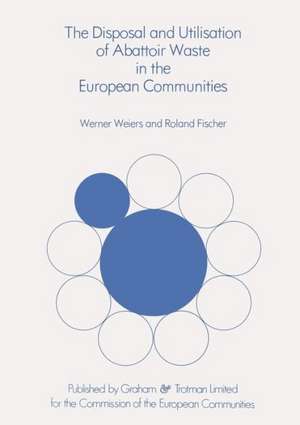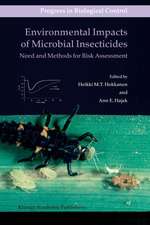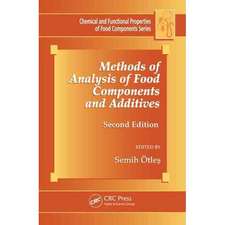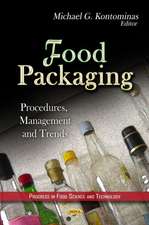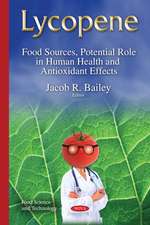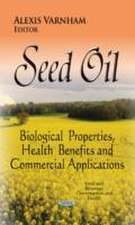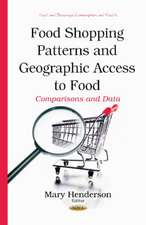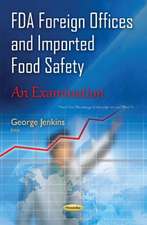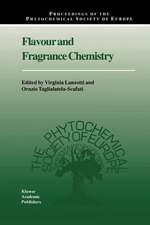The Disposal and Utilisation of Abattoir Waste in the European Communities
R. Fischer Autor W. Weiersen Limba Engleză Paperback – 9 oct 2011
Preț: 387.38 lei
Nou
Puncte Express: 581
Preț estimativ în valută:
74.12€ • 77.67$ • 61.28£
74.12€ • 77.67$ • 61.28£
Carte tipărită la comandă
Livrare economică 12-26 aprilie
Preluare comenzi: 021 569.72.76
Specificații
ISBN-13: 9789400996540
ISBN-10: 9400996543
Pagini: 160
Ilustrații: VII, 148 p.
Dimensiuni: 210 x 297 x 8 mm
Greutate: 0.4 kg
Ediția:Softcover reprint of the original 1st ed. 1978
Editura: SPRINGER NETHERLANDS
Colecția Springer
Locul publicării:Dordrecht, Netherlands
ISBN-10: 9400996543
Pagini: 160
Ilustrații: VII, 148 p.
Dimensiuni: 210 x 297 x 8 mm
Greutate: 0.4 kg
Ediția:Softcover reprint of the original 1st ed. 1978
Editura: SPRINGER NETHERLANDS
Colecția Springer
Locul publicării:Dordrecht, Netherlands
Public țintă
ResearchCuprins
1. Introduction.- 2. Definition of ‘slaughterhouse waste’.- 3. Determination of quantities of slaughterhouse waste in the EEC Member States.- 4. Slaughterhouse waste broken down by type.- 5. Determination of slaughterhouse waste by type and quantity.- 5.1 Types and quantities of poultry waste.- 6. Analysis of present disposal methods.- 6.1 Evaluation of the individual disposal methods from economic and environmental aspects.- 6.2 Disposal methods in the individual EEC Member States.- 7. Analysis of existing or proposed statutory regulations for the disposal of slaughterhouse waste in the EEC Member States.- 8. Organisation of the disposal of slaughterhouse waste in the EEC Member States.- 9. Prognosis.- 9.1 Future development of slaughterhouse waste in the EEC.- 9.2 Future development of legislation and administrative regulations.- 10. Alternative solutions.- 10.1 Possibilities of processing slaughterhouse waste by type and quantity.- 10.2 Disposal of special waste.- 10.3 Processes for making slaughterhouse waste re-usable.- 10.3.1 Processes for making certain waste re-usable.- 10.4 Cost analysis of the various disposal and processing methods.- 10.5 Cost benefit and cost loss analyses in connexion with the disposal of slaughterhouse waste.- 10.6 Assessment of the different disposal and processing methods.- 10.7 Possible uses of slaughterhouse waste.- 11. Economic significance of the utilisation of slaughterhouse waste.- 12. Significance of the utilisation of slaughterhouse waste to the environment.- 12.1 Particular problems in connexion with composting.- 13. Proposals for the future disposal of slaughterhouse waste in the EEC (ideal situation) and for the use and utilisation of slaughterhouse waste from economic and environmental aspects in industry andagriculture.- 13.1 Ideal situation in the EEC.- 13.2 Examination of alternative solutions to see whether they can be embodied in view of legal and administrative regulations.- 13.3 Suggestions for the development and adaptation of legal and administrative regulations for the disposal of slaughterhouse waste in the EEC.- 14. Summary.- Bibilography.
